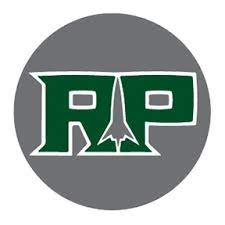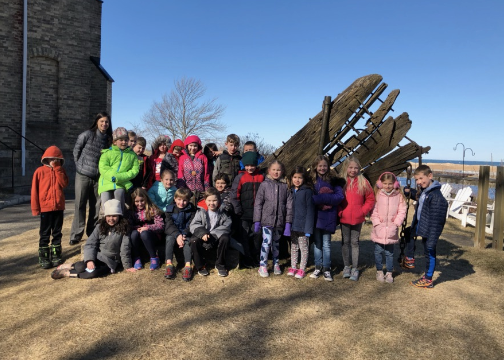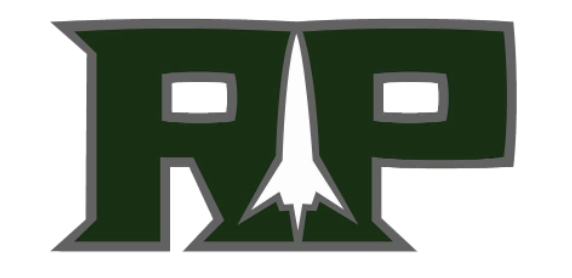Lighthouse Project
|
Driving Question: How do humans use light to communicate over a distance?
|
|
|
STUDENT REFLECTIONS "Making a lighthouse was really memorable and we got to show it off to people it mattered to. It was much more meaningful than worksheets about lights." ~Hope
"It was really fun to make a lighthouse and working with friends made it even better. It was the best part of the whole school year. My favorite part of making a secret code." ~Ariella |
|

|
Meet the Educator:
Rebecca Sandee teaches a 1st/2nd grade split at Reeths Puffer's Central Elementary. "The strength of the lighthouse project lies in its interdisciplinary components. If one part of the project did not appeal as much to a learner, there were so many other parts that did! It appealed to the designers, engineers, communicators, artists, writers and more. I loved leading learners through the history of the Great Lakes." |























